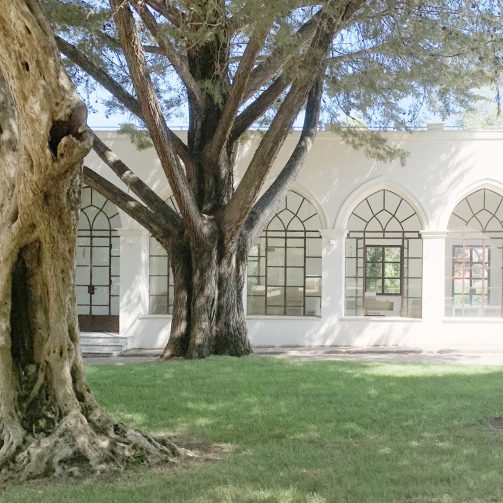The former Colonia Campestre in Sassari, located on Via Savoia, was established in 1921 as the “Principe Umberto di Savoia” anti-tubercular preventory to take in destitute and frail children. The Municipal Council called it a pious work of great social value. The facility was located in a five-hectare olive grove in the Cappuccini region, chosen for its healthy climate. It initially housed more than 80 children, but increased demands made it necessary to construct a new three-story building, designed by engineer Giuseppe Flores in the Tuscan style. Equipped with dormitories, refectories and modern facilities, it provided adequate sanitary conditions. Financed in part by the state and by private donations, including a bequest from Professor Amerigo Filia, the colony was run by the Dominican nuns, who also provided religious education. Over time, as sanitary conditions improved, it lost its function and was gradually abandoned, becoming a symbol of Sassari’s urban transformation.
Today it is the subject of redevelopment projects to return it to the community as a cultural and social space, preserving its historical value. Its recovery would be a tribute to the memory of the city and an opportunity to create a new center of aggregation and culture, keeping alive its original spirit of welcome and solidarity.









